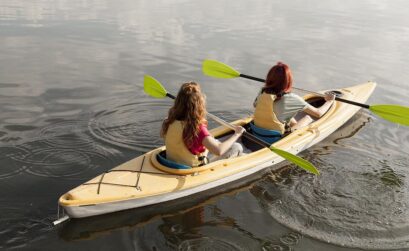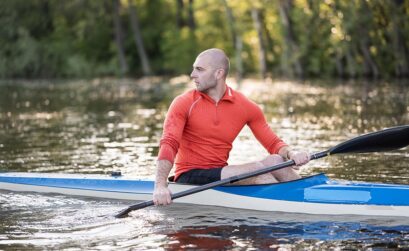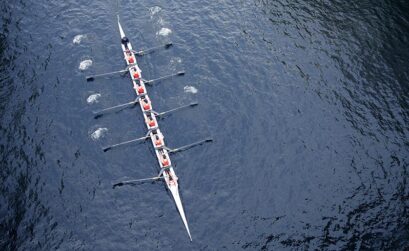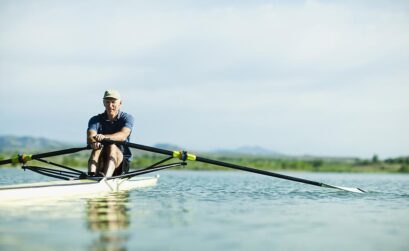A History of the Cambridge v Oxford Boat Race – Part 1
This annual sporting fixture, the boat race featuring Cambridge and Oxford, attracts thousands of spectators, with millions more watching from home in front of their television’s sets. But where did it all begin? Almost two centuries (180 years) since the very first race between the top two prestigious universities, we’re going to delve into the origins of the event.
Cambridge v Oxford is among the world’s more well-known inter-university rivalries. The two institutions have gone head-to-head in academia for hundreds of years but for more than around the last 200 years, they’ve also competed in sports, with the boat race being the most fiercely contested of all.

The academic competition dates all the way back to early in the 13th century, where Oxford\s numerous religious halls came together to establish a single university. There was an unusual catalyst for this in the form of a violent 1209 disagreement between the clerks (’scholars’ or ‘students’) and townspeople, which resulted in an exodus. A number of scholars chose not to return. Those who did return, however, had new privileges and rights, along with improved papal protection security.
Cambridge and Oxford have competed with each other for academic dominance almost since that point. It took over 600 years, however, for that rivalry to enter the world of sport. The first sporting contest was a cricket match in 1827. It wasn’t until 1829, however, later that we saw the very first boat race. A man by the name of Charles Woodsworth had a significant role to play in both.
Woodsworth and the rowing race
Woodsworth had divided loyalties. On one hand, he was a student off Oxford Christ Church but, on the other, his father taught at Cambridge. Due to the latter, he spent his holidays in Cambridge. He came up with the idea for a boat race in 1827 while with a friend from his school days on the River Cam.
Cambridge University Boat Club was founded in 1828 and with that came the very first official inter-university races to take place on the Cam.It wasn’t until 1839, however, that an equivalent university club was established in Oxford, although an eight-oared inter-university race that took place there in 1815 was the first of its kind on record.
It wasn’t that surprising then that, while Oxford representative Wordsworth was given credit for coming up with the idea, the first challenge came from Cambridge. Cambridge was seeking revenge for being outclassed in the first cricket match at Lords in 1827, although it was technically a draw due to rain. Oxford’s dominance that day was apparently largely down to the play of Woodsworth.
With Oxford lacking an official university authority on boating, Stephen Davis was thought of as being a bona fide alternative. Davis signed the response from Oxford to Cambridge’s challenges, as did Isaac King, his business partner and another boat-builder. The challenge, while accepted, came with the condition that Easter was postponed due to Oxford boat racing not commencing until June.


